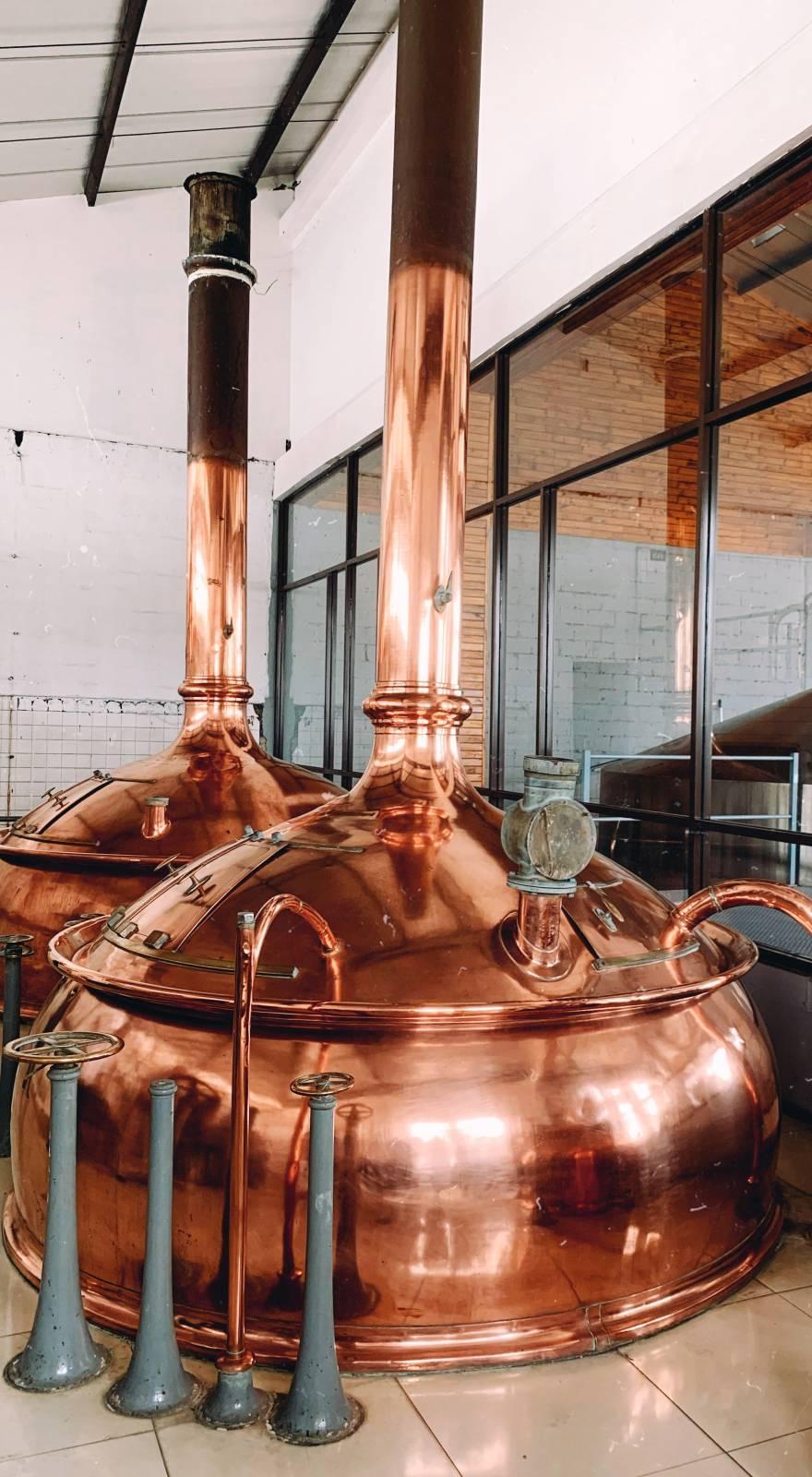Knowde Enhanced TDS
Identification & Functionality
- Chemical Name
- Industrial Additives Functions
- Technologies
- Product Families
- What is Hydrated Lime Made of?
- Hydrated lime is derived from quicklime, so to understand where hydrated lime comes from you must first understand where quicklime comes from.
- Quicklime is produced by subjecting limestone, or calcium carbonate (CaCO3), to high temperatures for a long period through a process known as calcining.
- During calcination, CO2 is driven off leaving only the oxide portion, calcium oxide, or quicklime.
- Quicklime can be further processed into hydrated lime by adding the right proportion of water and thoroughly agitating the mixture.
- This hydration process produces a low-density, dry, bulk powder that is high in purity.
Features & Benefits
- Product Highlight
Anti-Strip:
- Hydrated lime provides greater tensile strength compared to untreated and liquid-treated asphalts.
Modification:
- Improve compaction and stability of subgrade soils in construction applications through modification of the soil to extend pavement life.
- Modification also will reduce the potential to lost compaction because of shrink-swell.
Stabilization:
- The strength associated with stabilization provides freeze-thaw resistance and has the potential to reduce the overall pavement thickness.
Applications & Uses
- Markets
- Applications
- Applicable Processes
- Industrial Additives End Use
- Uses
- Although hydrated lime has additional uses in industries such as agriculture and post-industrial processes, Mintek primarily uses it as an anti-strip agent in asphalt applications and to dry, modify and stabilize soils.
- Hydrated lime, when used as an anti-strip for asphalt, stiffens the binders in asphalt therefore improving resistance to rutting and moisture damage.
- What is Hydrated Lime Used for?
- High calcium hydrated lime is very useful in the construction market as an anti-strip agent in asphalt and to positively affect the engineering properties of soils through modification and stabilization.
- It is also used in a number of industrial applications, including water treatment and chemical manufacturing.
- Hydrated lime can be used to strengthen the subbase soils on a construction job site for better long-term strength & compaction.
Properties
- Appearance
- White Powder
- Odor
- Odorless
- Soluble in
- Water, Acids, Glycerin and Sugar Solutions
- Typical Properties
| Value | Units | Test Method / Conditions | |
| Calcium Hydroxide | min. 85 | % | - |
| Calcium Oxide | min. 65 | % | - |
| pH (25°C) | 12.45 | - | - |
| Bulk Density | 2.24 | lbs/ft³ | - |
Regulatory & Compliance
- Certifications & Compliance
Technical Details & Test Data
- Difference Between Lime and Hydrated Lime
- Hydrated lime is similar to quicklime in many aspects.
- For example, both can be effective at soil modification and stabilization.
- Additionally, both hydrated lime and quicklime can improve the engineering properties of soil.
- Such as, decreasing the plasticity index and increasing the strength and bearing capacity.
- Like quicklime, hydrated lime can be used for drying applications, but it has a reduced drying capacity as it has already been chemically combined with water during the hydration process.
- Simply, hydrated lime is just not as efficient as quicklime as an increased dosage rate would be required to see the same benefits.
- Another difference between the two is that there is a large variance in density. Hydrated lime is a very fine material.
- Quicklime, on the other hand, requires less storage because it has a higher bulk density.
- This means that the same amount of quicklime, by weight, will take up less volume resulting in reduced transportation costs and smaller storage facilities.
- The density of the material will also affect dosage rates when calculating by volume. Lab testing can eliminate guess work to determine dosage rates.
- The fine particle size associated with the lower unit weight of hydrated lime can also lead to dusting concerns.
- Finally, two factors that are very important are cost and availability.
- As previously mentioned, hydrated lime is produced by further processing quicklime.
- This processing results in additional costs.
- Availability of hydrated lime is regional and can fluctuate depending on the demand of the product.
Safety & Health
- Is Hydrated Lime Dangerous?
- As with any chemical, high calcium hydrated lime should be handled with respect.
- Personal protective equipment is necessary is to protect dust particles from entering the eyes, respiratory system and to keep the material off bare skin.
- In particular, gasketed safety glasses or goggles should be worn in dusty and/or windy conditions.
Packaging & Availability
- Packaging Type
- Packing Sizes
Hydrated lime is most commonly delivered via pneumatic trailer but is also available in super sacks.

